The F10 is the largest of the F series of spreaders. The test machine came with all the bells and whistles – it has full GPS control, variable rate application and section control.
The Bredal F series has twin floor belts, each individually controlled by hydraulic motors, allowing variable feed to each spreading disc. Control can be through GPS and Isobus from the tractor’s terminal. An alternative Müller control unit is available if the tractor isn’t Isobus ready.
The machine has weigh cells and is fitted with the Bredal headland gear system. Automatic stop-start and section control is a standard feature.
This test machine was attached to a Fendt 720 Profi Plus-spec tractor, which had all of the GPS (autosteer) and section control functions unlocked. This allowed all of the functionality of the spreader to be accessed from the tractor’s own control screen. The Müller control unit was also in place and, with a simple cable switch, it was possible to sample both control methods.
With all this technology, it took a short tutorial from a trained operator to get up to speed. Once training was finished, the operation was as easy as driving machines of this size and technology level can be.
The Müller screen was very intuitive, but you still had to switch over to the Fendt screen for certain settings, such as the auto steer.
The test
The test was conducted over 127 acres (51.4ha). The F10 uses a double overlap spread pattern. The compound used was 10:5:25 +S. This was being spread over ploughed ground before the sowing of Planet spring barley.
The target rate was 2.91 bags per acre (359kg/ha), as there was 18.5t of fertiliser on site.
This machine is capable of holding 12t of fertiliser at one time. It was decided that loads of 4t were sufficient.
After the first load was filled, the computer was set to the correct spreading width (24m) and the above rate set.
In the first field, a boundary is set by driving clockwise around the field and an AB line set along any straight headland. Once the area and AB have been marked, the tractor and spreader, in theory, take over the main job of spreading the entire area inside the boundary. Close to the first virtual tramline, the autosteer button was engaged and the tractor found the line and followed it. Simultaneously, the spreader automatically starts when it is the correct distance from the headland.
Watching the screen, it was interesting to see how far the machine had travelled before it began to spread. Most people engage the spreader too soon and cause major overlaps on the headlands.
At the end of the line, the spreader automatically turns off as it begins to lap the other headland.
Watching the 12 sections on the screen, it could be seen that, as the machine was turning, the rate was being constantly changed to match the speed.
Close to the next virtual tramline, autosteer was engaged again and off the whole outfit went, constantly adjusting. The technology was at its best when entering or leaving short ground (angles). You could see the narrow side-spread pattern moving in or out, depending on the direction of travel.
As this test was conducted over field sizes from six to 20 acres of many different shapes, it was a good test of any GPS spreading system.
The result
After the fertiliser was spread and all the ground covered, there was 11kg of fertiliser left in the hopper. That is 0.06% away from being on the button for the rate over this acreage.
According to the system on the machine, it had spread 126 acres and spread a total of 18.4t. This accuracy over this test area shows that the biggest of the Bredals, with the correct settings and tractor, can be incredibly accurate.
The amount of error is negligeable and can probably be put down to driver error on the day.
This machine is extremely accurate, but with a price tag of €84,000, it will only be an option for the biggest of farmers and contractors in Ireland.

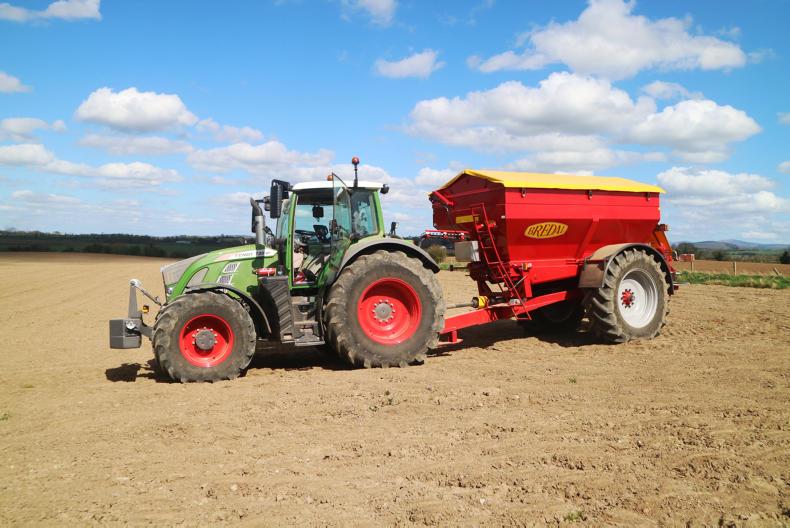




 This is a subscriber-only article
This is a subscriber-only article





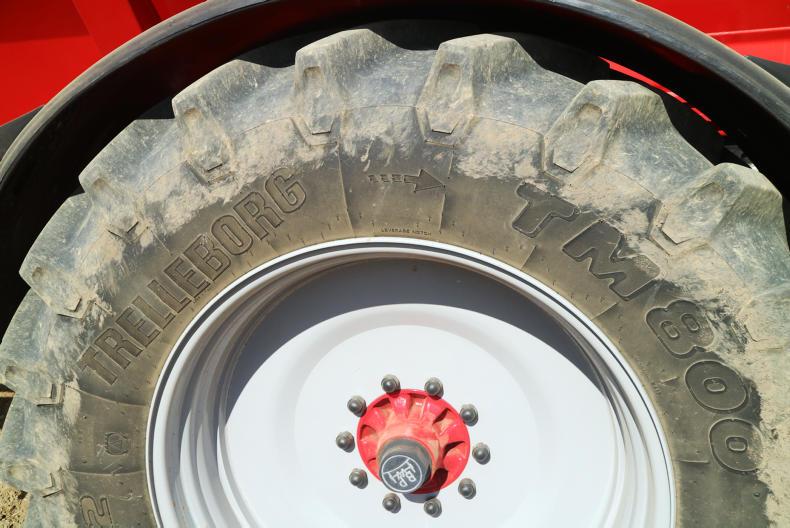

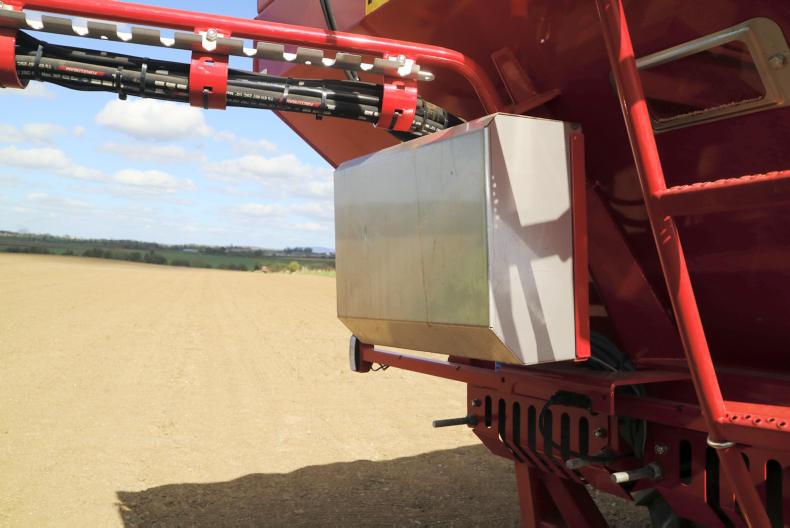


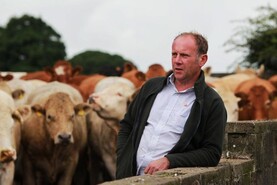

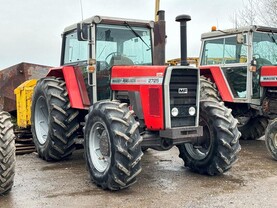


SHARING OPTIONS: